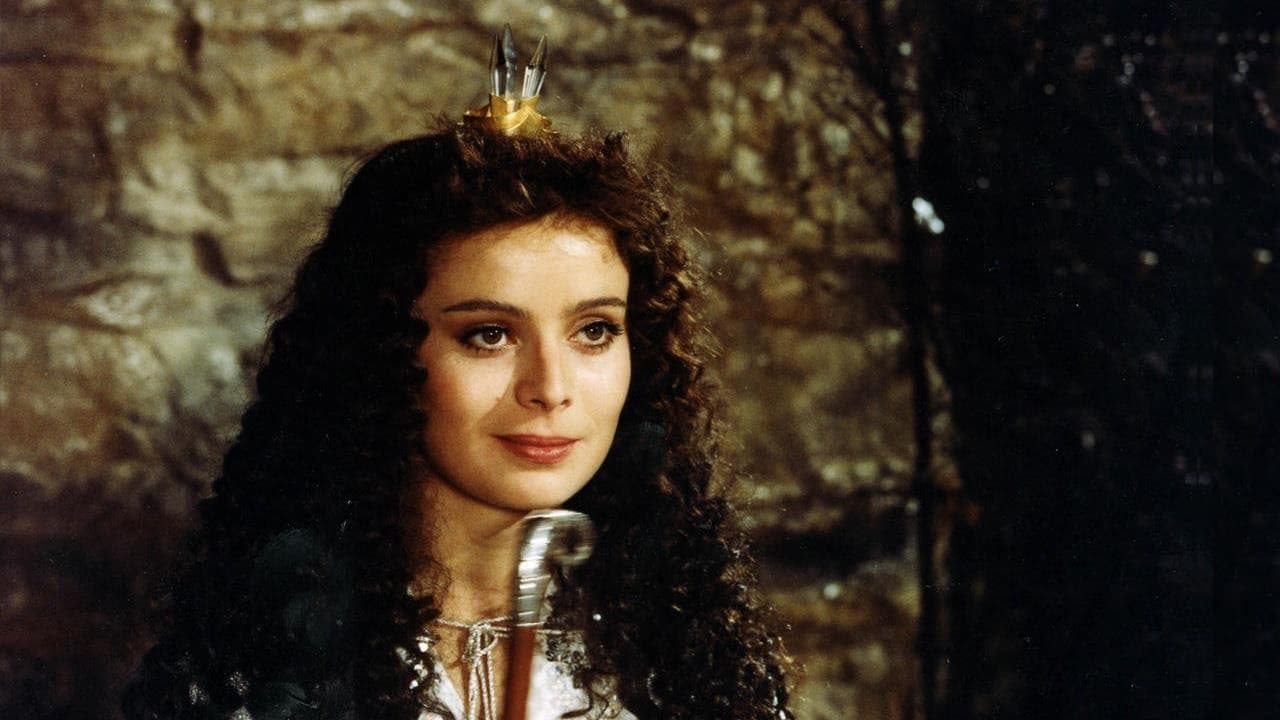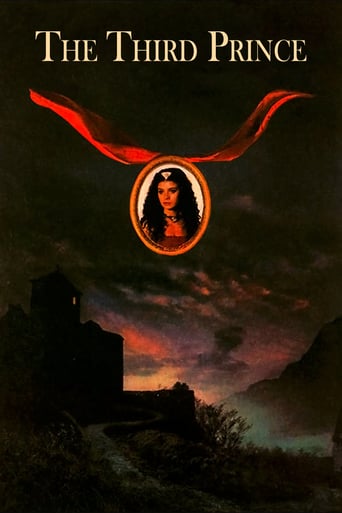

Czech fairy tales are a staple of German TV. Despite low production values, unspectacular cinematography, and often poor / natural lighting, these movies are the highlights of childhood TV - or at least, they were, for me, and many of my generation.They cannot compete with the likes of Disney in some arenas. But they're in a class of their own when it comes to atmosphere.The most famous and popular of these fairy tale movies is Three Hazelnuts for Cinderella (a brilliant merger of Allerleihrauh and Cinderella). Its star, Libuse Safrankova, is a recurring face in Czech fairy tale movies - and one that seemed to ensure movie magic was about to take place. (I suppose she was many a German boy's first movie crush) Usually cast as princess or heroine, this is the only fairy tale where I've ever seen her play an ambiguous character.Then again, it is also the only of the fairy tale movies where, having just watched it, I am not sure what I've actually seen. I have seen this movie once before, when I was very young. I remember feeling strangely elated, bedazzled and awed by the film, and liking it more even than Three Hazelnuts. Unfortunately, we'd neglected to record it on VCR, so it's been twenty years before I'd see it again.Having just seen it, I am strangely elated, bedazzled and awed. With a deep sense of magic and fairy tale atmosphere and characters, this movie manages to tell me a story that resonates, but without repeating a story previously told. There are elements from many different tales, but I cannot identify any single one as the primary influence. (According to the credits, it is a story by K J Erben that was adapted - I am now wondering how I could get my hands on a translation of his work) A prince goes out to find a princess, and never returns. His parents slowly descend into morose unhappiness. Then, visiting gypsies perform, a prophecy is made, and the queen has twin sons, who grow seven times faster than normal children. They grow up - and discover the secrets of their unmentioned brother...There is a lot of mystery in the plot. Like many written fairy tales, it springs surprises on you that you would not expect. Sometimes, the narrator gives a lot away, and sometimes nothing at all. Sometimes, you know which character is on screen, and sometimes, you wonder. The movie works its way along unexpected and winding paths towards a finale that is almost indecipherable, thanks to editing and direction. And yet, despite the mystery, despite the unexpected plot turns, despite sometimes intrusive narration, the movie is a gem. In a way, it's almost because of the asymmetries of the plot, the asymmetries of the resolutions and the unexpected ambiguities that the film is so magnificent.Perhaps it is accidental, and perhaps others watch the film and find it alienating (or even amateurish) - but to me, the film seems as if it takes fairy tale magic and turns it into something truly artful. There are edges, there are distortions of tales we've previously seen and heard, there are questions unanswered by the movie, and it feels unlike any fairy tale I've ever seen on screen. Characters may not all be three dimensional, but they are ambiguous - and the ambiguity really enriches the movie.It is magnificent. It is quite possibly the best fairy tale movie ever made.
... View MoreI saw this film first time back there in mid-80s, being around 10-years old, and it was wonderful. I've seen it several times since there, and impression never changed, regardless of age. I'm very fond of Barandov Studios' fairy tales, but this film is the best of them. Safrankova, Travnicek, Bartoska -- what would better for the film?The only pity that like many other wonderful films it isn't translated to English (Am I wrong?) -- so in people not knowing Chech/Russian/German don't able to enjoy it. Well -- their loss!
... View More